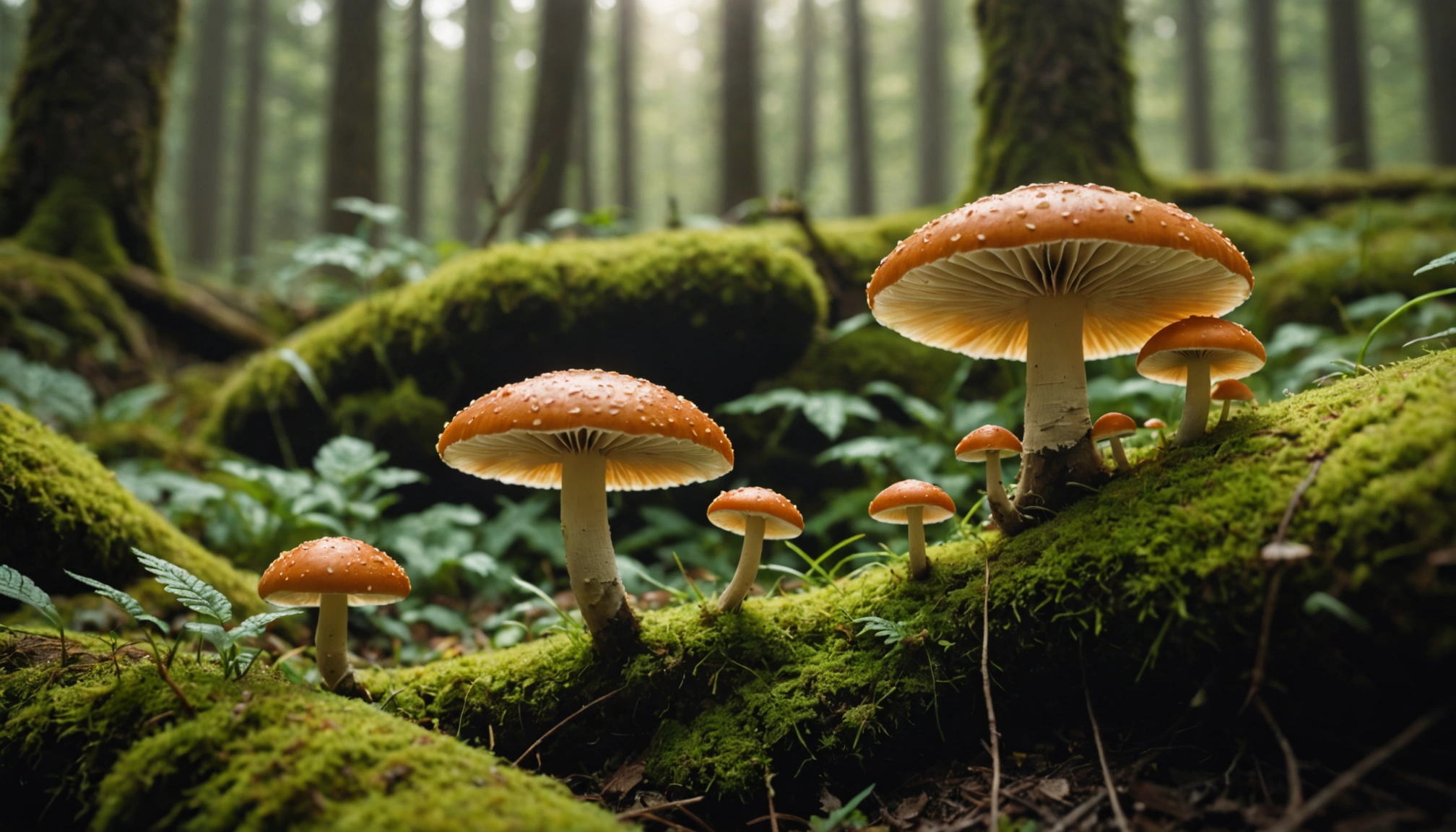Are Endangered Fungi Overlooked Due to Lack of Charisma?

Fungi, the unsung heroes of our ecosystems, are facing a silent extinction crisis, raising concerns that these vital organisms are not receiving the conservation attention they urgently need. While efforts to protect charismatic animals and plants often capture public imagination and funding, the less visible and often misunderstood world of fungi struggles to gain similar traction. This disparity begs the question: are endangered fungi not "cute enough" to be saved?
The Hidden Kingdom in Crisis
Fungi are neither plants nor animals, but a kingdom of life in their own right, comprising an estimated 2.5 to 4 million species. Fewer than 150,000 have been formally described and classified. They play critical roles in ecosystems, acting as decomposers, nutrient cyclers, and symbiotic partners with plants and animals. Mycorrhizal fungi, for example, form intricate networks with plant roots, enhancing their ability to absorb water and nutrients, a relationship crucial for over 90% of plant species. Fungi are also essential for human well-being, providing us with food, medicines like penicillin, and enabling the production of bread, cheese, and alcoholic beverages.
Despite their importance, fungi are facing unprecedented threats. Deforestation, agricultural expansion, urbanization, pollution, and climate change are driving fungal species to decline worldwide. The International Union for Conservation of Nature (IUCN) Red List of Threatened Species now includes over 1,300 fungi, with at least 411 at risk of extinction. A recent update to the list revealed that rapid growth of agricultural and urban areas has replaced fungi habitats, putting 279 species at risk. Deforestation for timber production, illegal logging, and clearing for agriculture threaten at least 198 species. Climate change is also impacting fungi, with over 50 species at risk due to changes in fire patterns.
The "Charisma Deficit"
One of the key challenges in fungal conservation is a lack of public awareness and appreciation. Unlike iconic animals like pandas or tigers, fungi often remain hidden from view, their importance largely unrecognized. This "charisma deficit" translates into a lack of funding and policy support for fungal conservation efforts.
"Fungi are the unsung heroes of life on Earth, forming the very foundation of healthy ecosystems – yet they have long been overlooked," said Dr. Grethel Aguilar, IUCN Director General.
Several factors contribute to this lack of recognition. Fungi are often cryptic, with their main bodies existing as networks of hyphae underground or within other organisms. The visible part, the fruiting body or mushroom, is often ephemeral and only appears under specific environmental conditions. This makes it difficult to study and monitor fungal populations.
Furthermore, there is a general lack of mycological expertise and resources. Few qualified mycologists can identify, study, and assess the conservation status of fungal species. This shortage of experts hinders efforts to gather the data needed to prioritize and implement conservation actions.
Overcoming the Obstacles
Despite these challenges, there is growing momentum for fungal conservation. Organizations like the Fungi Foundation and the British Mycological Society are working to raise awareness, promote research, and advocate for policy changes.
One crucial step is to include fungi in national and international conservation frameworks. Currently, fungi are often overlooked in biodiversity assessments and conservation planning. The Fungi Foundation is actively supporting actions to determine the probability of extinction of fungi in every continent using IUCN Redlist Criteria. Chile was the first country to include fungi in its environmental law.
Another important strategy is to engage citizen scientists in fungal monitoring and data collection. Platforms like iNaturalist allow amateur mycologists to report their observations, contributing valuable data on fungal distribution and diversity.
Education is also key to changing public perceptions of fungi. By incorporating fungal biology and ecology into school and university curricula, we can foster a greater appreciation for these vital organisms.
The Path Forward
The conservation of endangered fungi requires a multi-faceted approach that addresses the challenges of limited data, lack of public awareness, and insufficient policy support. By increasing research, engaging citizen scientists, promoting education, and advocating for policy changes, we can ensure that these vital organisms receive the attention and protection they deserve.
The recent surge of public interest in all things fungal, from home grow kits to increased enrollment in local mycological societies, offers a glimmer of hope. This newfound acceptance can benefit fungi, their habitats, and the people who study and steward them.
It is time to recognize that fungi are not just "toadstools" or "mushrooms," but essential components of our planet's biodiversity. Their survival is inextricably linked to our own, and their conservation is a responsibility we cannot afford to ignore.
Related Articles

Iberian Peninsula Blackout: A Wake-Up Call for Renewable Energy Infrastructure

